The more granular you go with your customer analytics, the clearer your insights become. This, in turn, helps you better understand your visitors as individual segments, as well as how they fit together as a whole.
To gather this level of data, you’ll want to add segmentation analytics to your game plan. Here’s everything you need to know to make it work.
What is Customer Segmentation Analytics?
Simply put, it’s the act of segmenting customer groups within your analytics platform to generate more detailed customer data. One example would be segmenting visitors by country, where you have multiple subsets, such as visitors in the US, England, Australia, and Japan.
Another example would be segmenting by device, where you have different audience subsets like visitors that view your website on a desktop, smartphone, and tablet.
There are countless ways to go about customer segmentation analysis, but nearly all groups fall into one of four main categories:
- Geographic segmentation
- Demographic segmentation
- Psychographic segmentation
- Behavioral segmentation
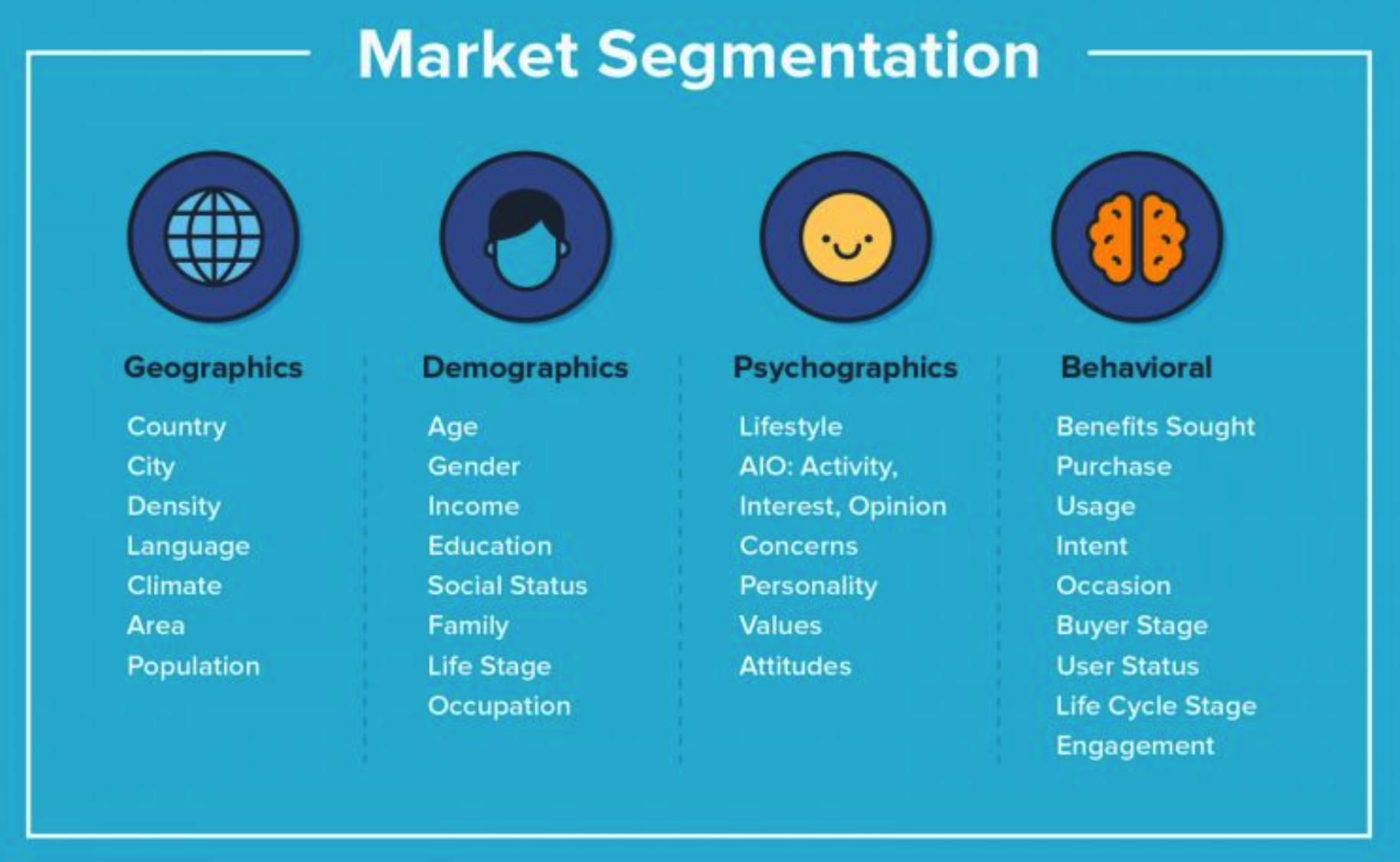
Source: Oberlo
The purpose of customer segmentation is to generate actionable data to gain a more clear understanding of your visitors so you can continually optimize your website, mobile app, marketing campaign, customer service, and overall customer experience.
Rather than lumping everyone together in a mass, customer segmentation lets you “zoom in” and go granular in a way that would otherwise be impossible. And as you might imagine, this can have a massively positive impact on your business, giving you a huge competitive edge.
5 Ways to Segment Your Customers for Analysis
In the graphic above, we highlighted the myriad of ways to approach customer segmentation analytics. But let’s go over five specific ways we recommend segmenting customers — strategies we’ve personally had success with and know can work for you too.
- By Behavior
This focuses on key customer behaviors, such as:
- Subscribing to your email newsletter
- Opening an email
- Requesting a free demo
- Installing your product
- Using a new feature
- Becoming a repeat customer
- Churning
Analyzing customer behavior is important because you can gain valuable insights into patterns, engagement, customer lifecycle, customer lifetime value, marketing strategy performance, and more.
Behavioral segmentation is one of the key features of Woopra Analytics and offers an incredibly intuitive, visual-driven interface (more on this later).
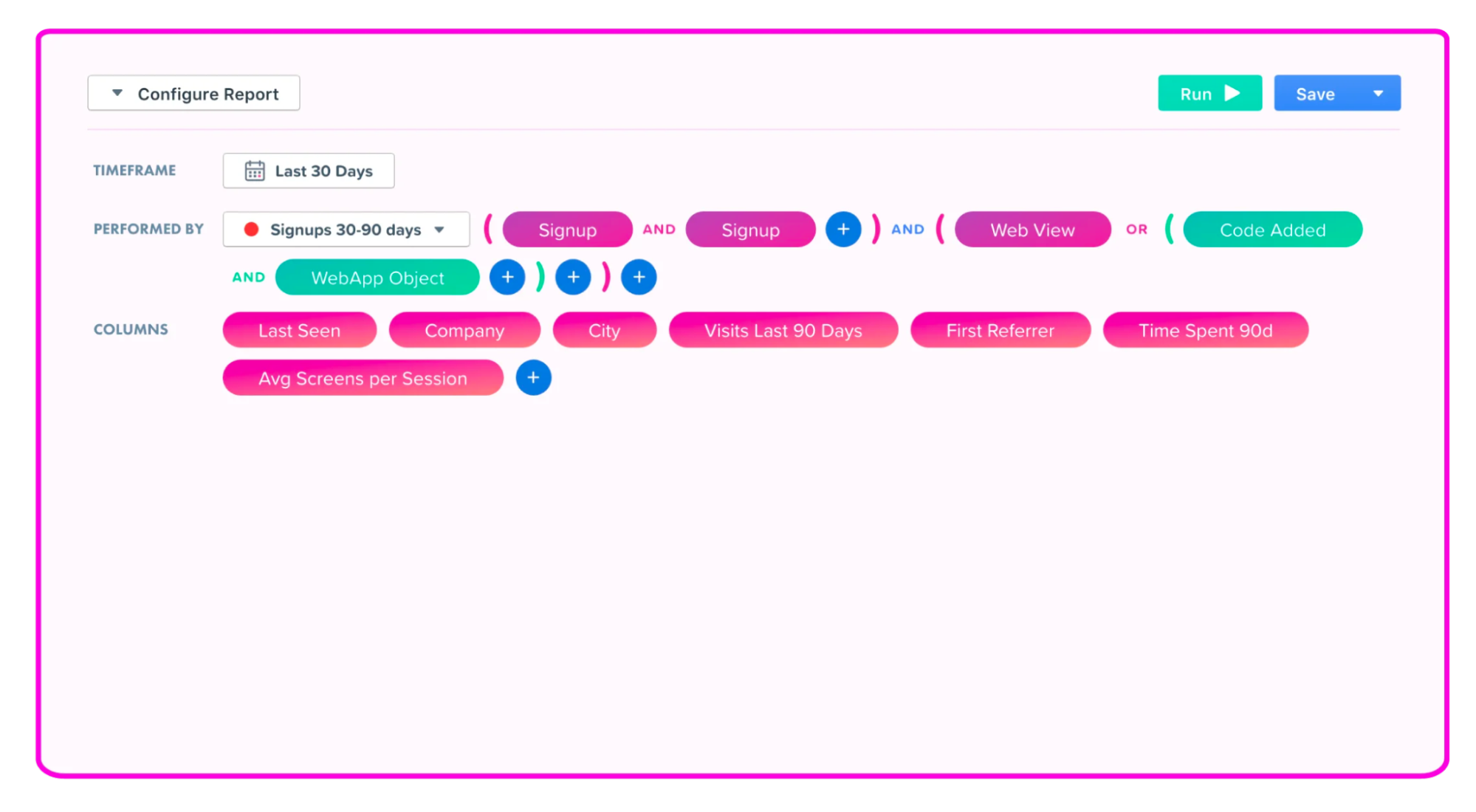
- By Audience
Audience can be broken down into things like:
- Geography
- Demographics
- Gender
- Interests
- Education
- Life stage
- Corporate position
This area of market segmentation analysis will help you understand who’s visiting your site and buying from your company so you can better cater to their needs and improve their experience.
In particular, the data gained through audience segmentation can be beneficial in assisting with cluster analysis, fine-tuning your marketing, and forming stronger relationships with each customer group.
- By Device
Some common types of devices customers use for accessing your site may be:
- Mobile
- Desktop
- Tablet
- Browser
Generating customer data by device is helpful because you can identify which devices are used most frequently and where you should focus your efforts on the most.
If, for example, the bulk of your visitors are using mobile, as is the norm in 2023 with over 60% of all traffic coming from mobile devices, you would want to make mobile your top priority.
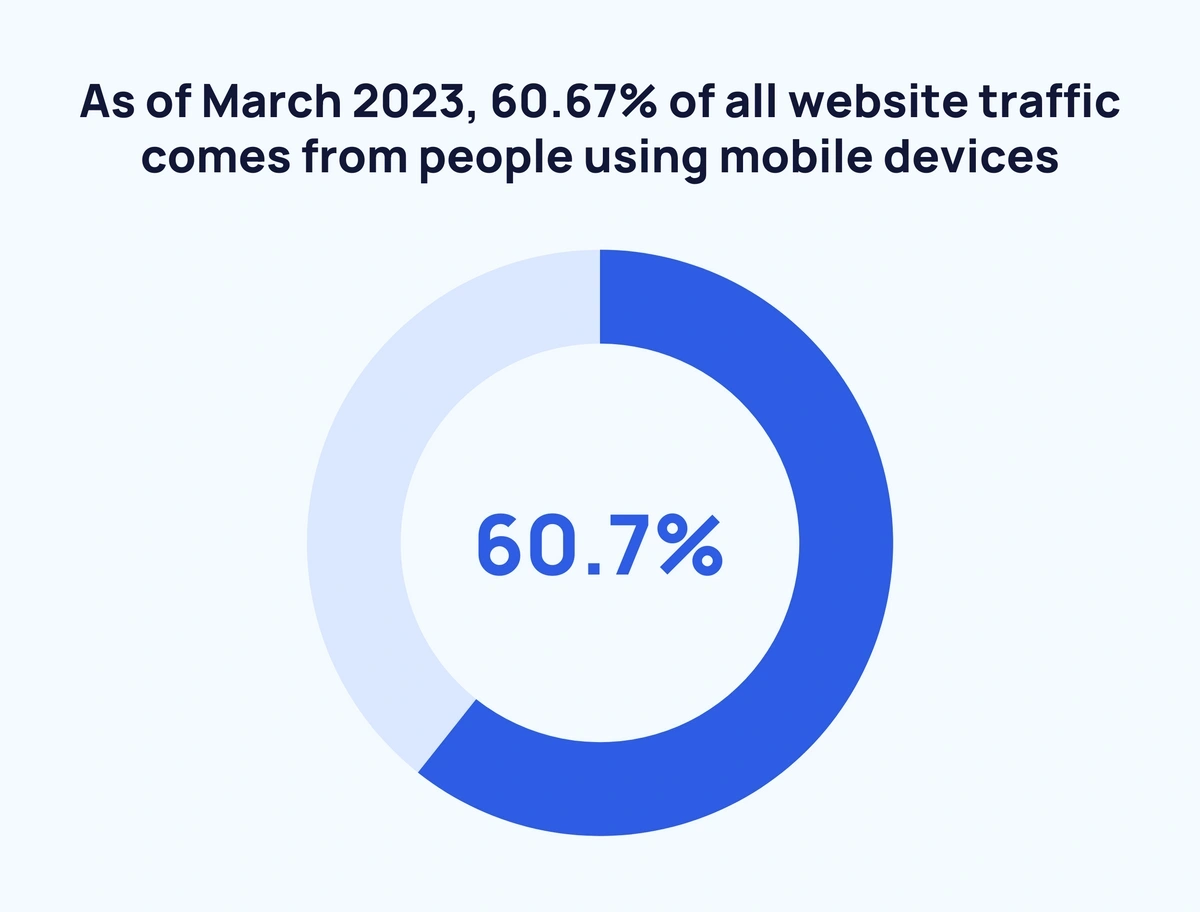
Source: Exploding Topics
More specifically, this could involve doubling down on responsive web design, spending more on SMS marketing, and paying closer attention to mobile marketing analytics.
- By Customer Status
This refers to customer segmentation that analyzes things like:
- Different subscription levels
- Plans/features customers use
- How much customers have spent
- Support tickets they’ve created
For instance, with Woopra, you can get a detailed breakdown of different customer segments end-to-end.
From the initial signup to opening the first email to completing their profile to using core features, you gain valuable data on customer status segments so you’ll know where customers are at and how to create more customer success stories.
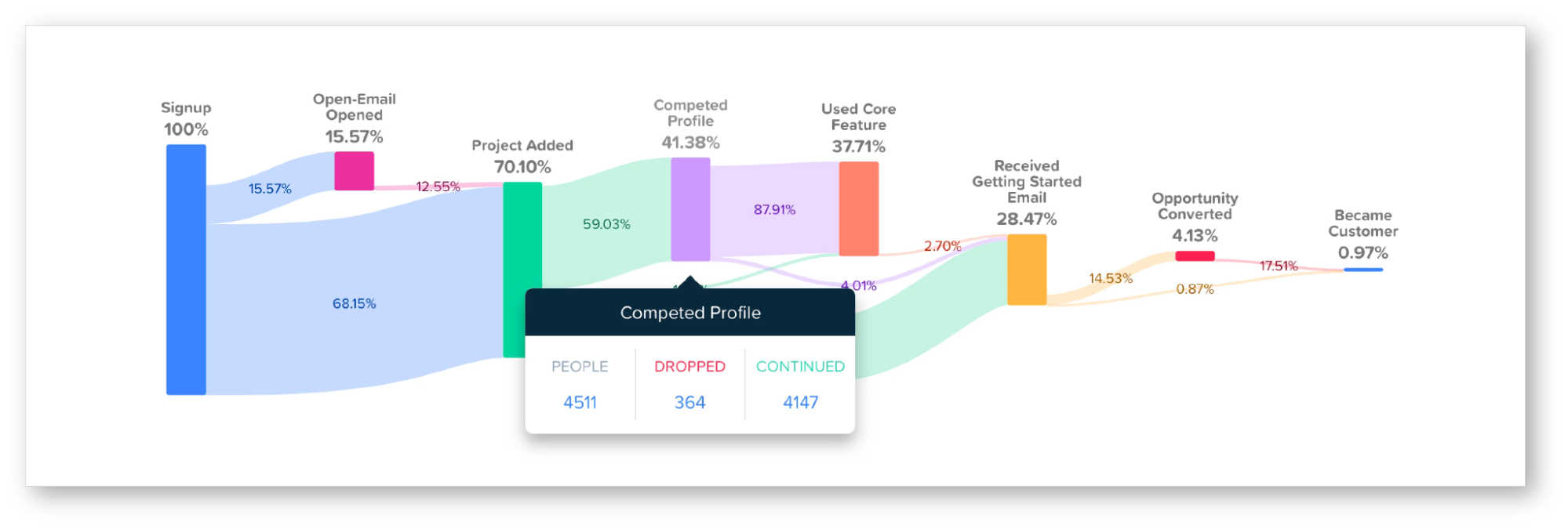
As you accumulate more data over time, this can help you convert more free users into paid users and unlock upselling opportunities with existing customers.
Further, this type of customer segmentation analysis can reduce churn, as you’ll be better positioned to diagnose common pain points among each segment.
- By Marketing Funnel Stage
The final way to segment customers is by marketing funnel stage, which can include:
- If they’ve clicked
- Converted
- Bought
- Been upsold
- Are net promoters/super users
This is helpful because you can get a bird’s-eye view of every touchpoint along the customer journey.
You can spot areas of friction, as well as opportunities, which can help you better appeal to your target market, improve your marketing effort, anticipate customer needs, improve customer service, increase customer loyalty, and boost retention.
Here’s how this form of segmentation analysis may look when determining how many customers go from signing up for a free trial to advanced setup.
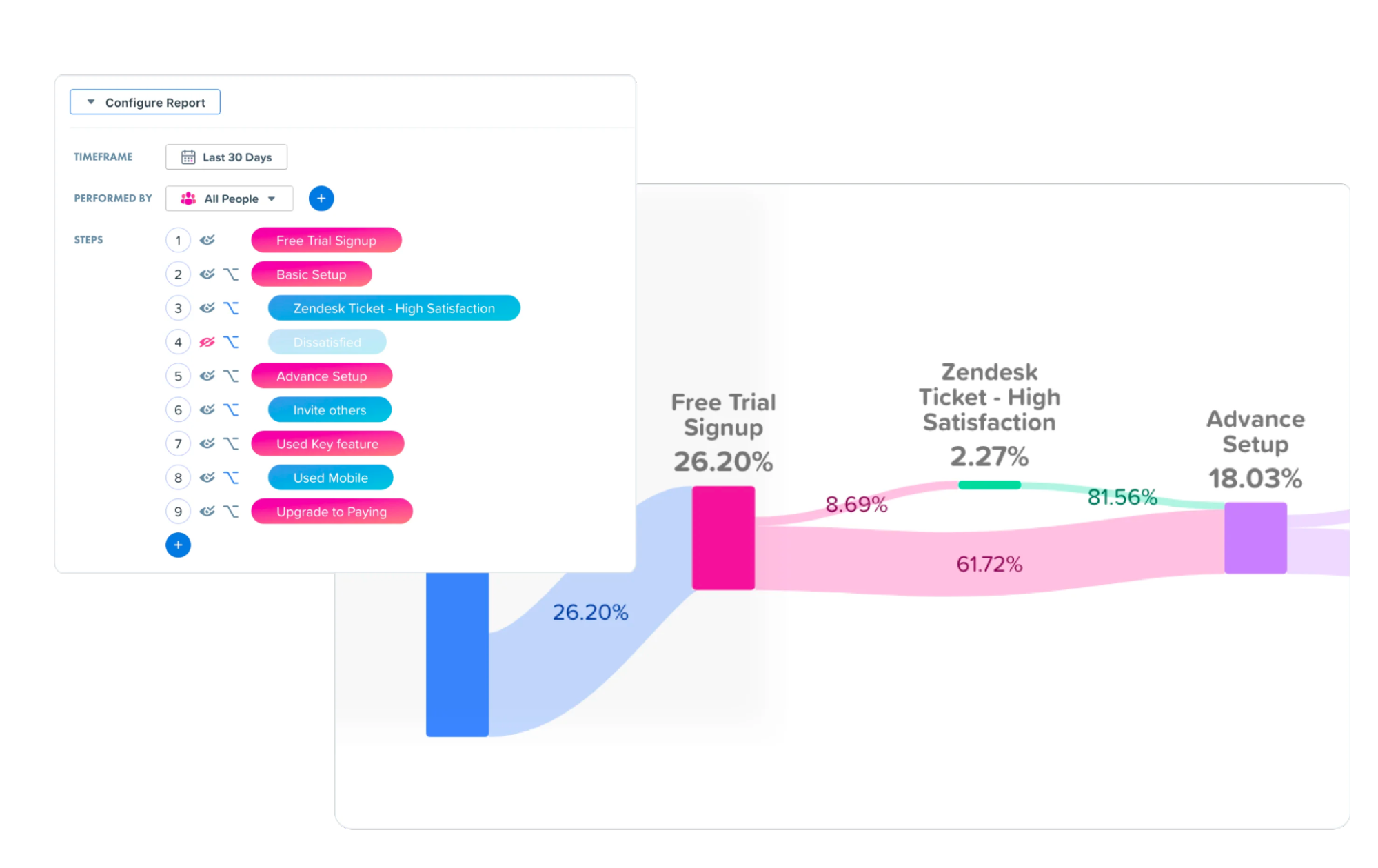
How to Set Up Your Analytics for Customer Segmentation
At this point, we know what customer segmentation analytics is, why it’s useful, and some specific ways to segment customers. But how do you go about actually setting up a segmentation tool?
Here’s how to get started on a customer data platform.
Segment Different Customer Journeys
A great starting point is to break down individual customer journey segments. That way you gain an end-to-end vantage point of how visitors convert into leads and leads into customers. There are tons of possibilities, but here’s a simple example.
One segment could be how many users you convert from Google Ads.
Here you could determine what percentage of visitors move from your landing page to your pricing page, then what percentage move from your pricing page to your signup page, and finally how many end up converting into paying customers.
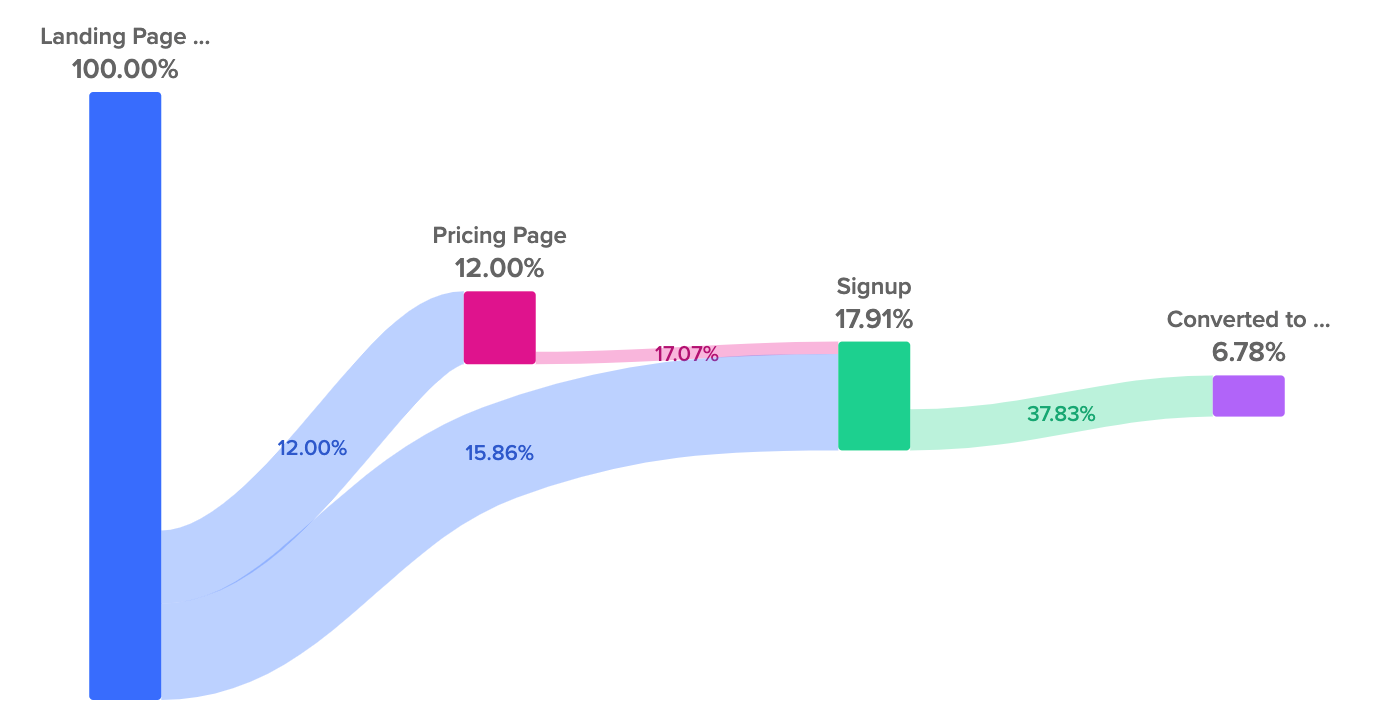
Some other segment customer journey examples include how many visitors convert after live chat, how many blog readers sign up, and how many customers leave during onboarding.
If you’re looking for hyper-specific data on a particular customer segment, this is one of the best ways to generate it.
Look at Trends Reports
Next, it’s helpful to look at trends reports to uncover key factors that contribute to performance. This ensures the effort your team puts into market research, product development, and iterations across multiple websites is worth it and that you keep moving in the right direction.
A prime example of a trends report is identifying how users are engaging with a new product release or new feature. This would lend critical insights into how well your product or feature is performing and help identify potential areas for improvement.
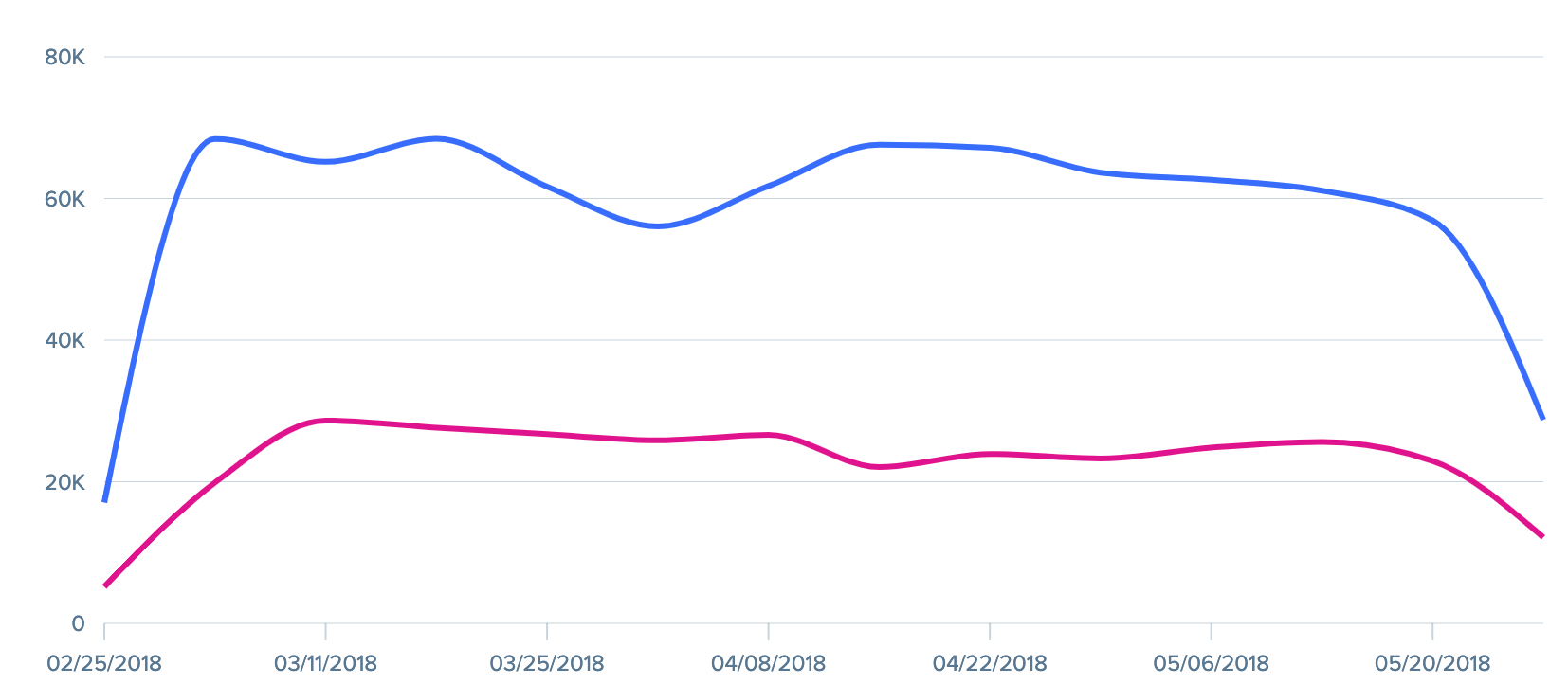
With trends reports, you can go as deep as you want, looking at several metrics like subscription types, product version, user location, and more to keep your finger on the pulse of what’s going on.
As a result, this type of customer segmentation analysis can have a profound impact on maximizing long-term revenue and enhancing the experience for each customer segment.
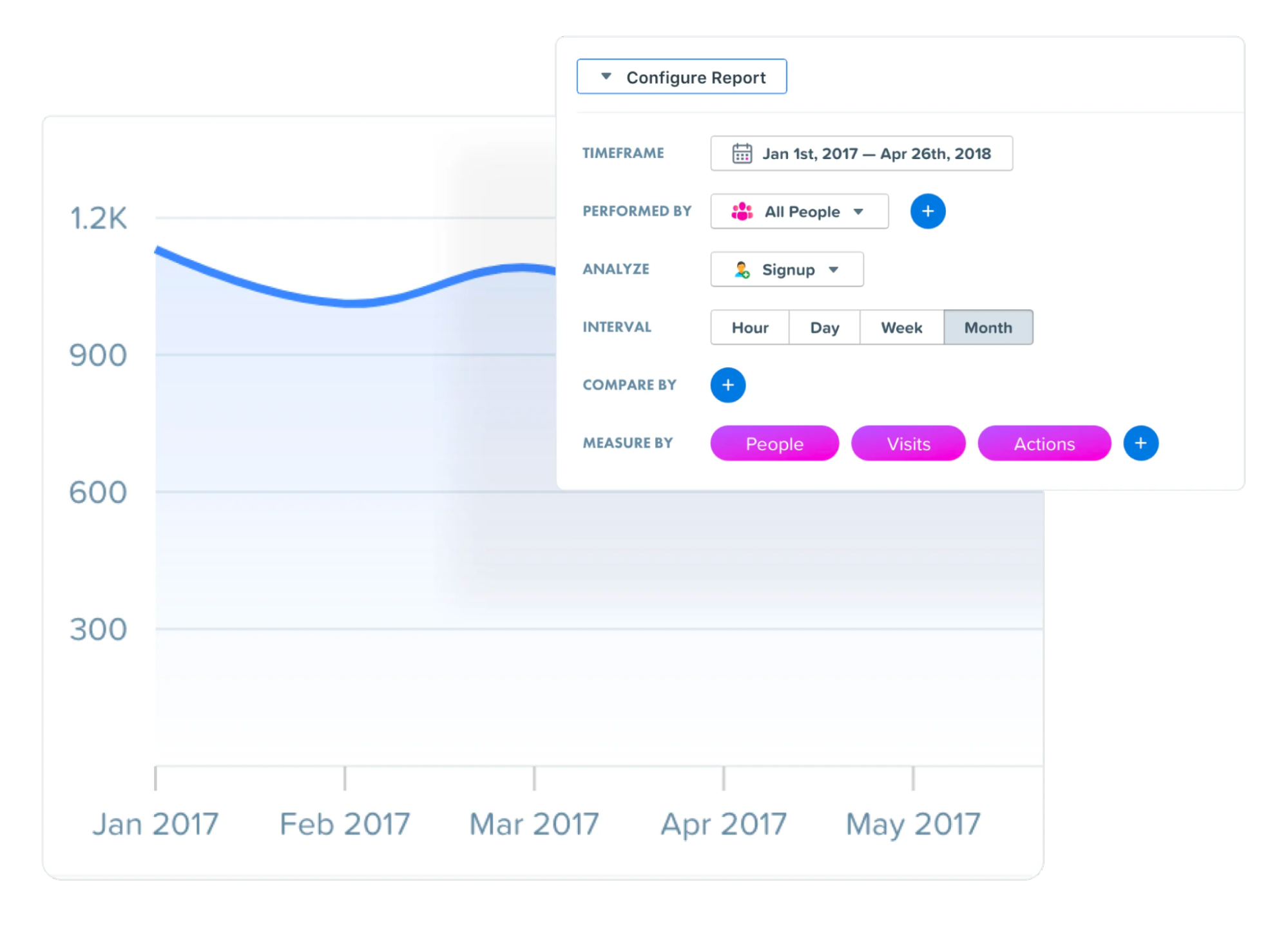
Create Cohort Reports
This part of customer segmentation lets you compare different cohorts of users to pinpoint strengths and weaknesses so you can keep evolving.
Woopra, for example, offers comprehensive cohort analytics reports that let you monitor growth patterns monthly or quarterly so you can objectively identify patterns throughout the customer lifecycle.
Some particular attributes you can examine with this segmentation analysis include industry, product category, location, and customer health score.
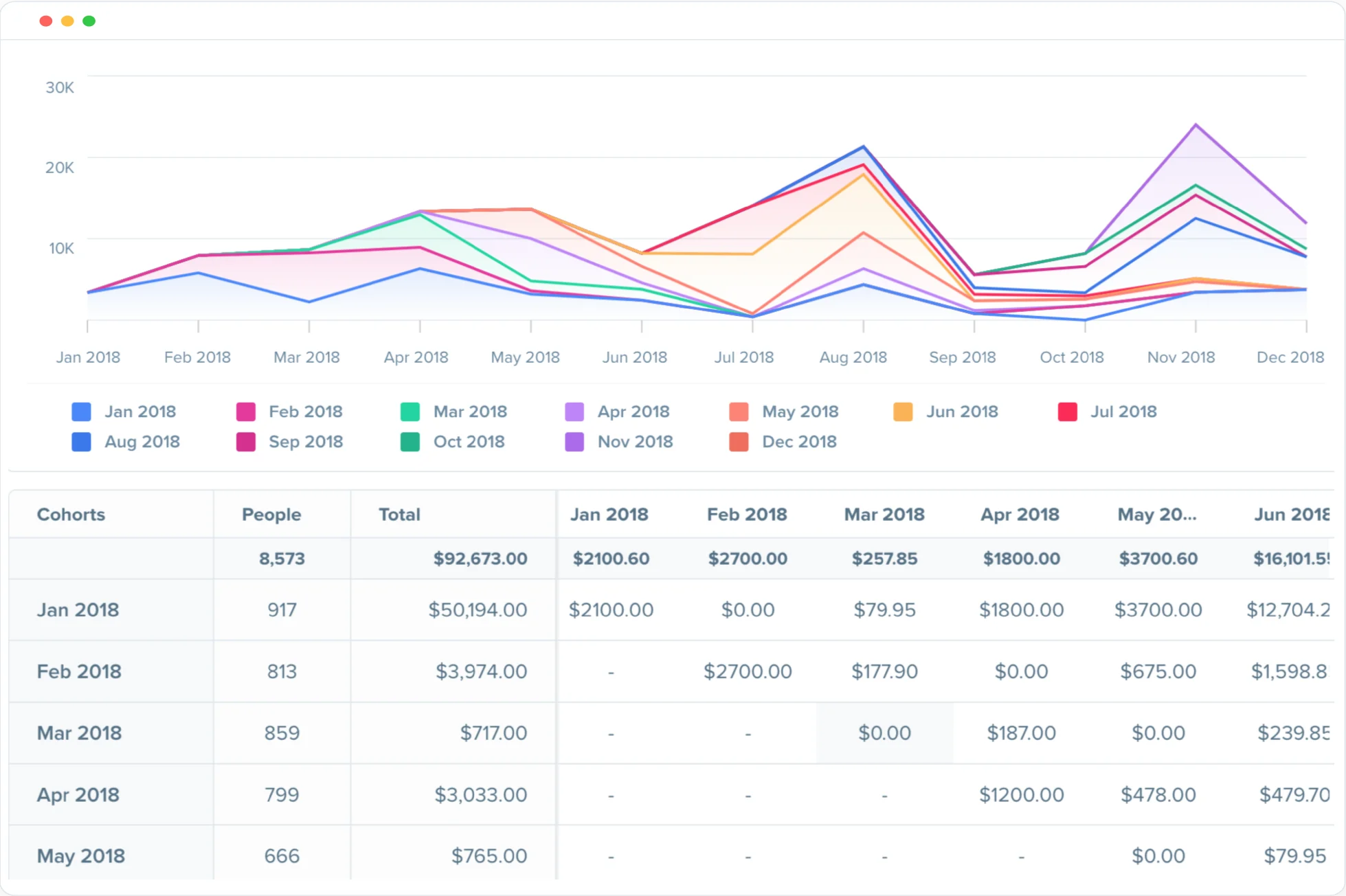
You can also look at things like customer acquisition date, signup date, and initial purchase so you can be certain of what’s leading to success.
Through this advanced market segmentation, you’ll always know whether your revenue is trending up or down and what specific factors are impacting it.
Behavioral Segmentation
Finally, behavioral segmentation means looking at segments like the number of users that request a free demo, install your product, or use a new feature.
Getting set up with this type of marketing analytics is pretty straightforward with a segmentation tool like Woopra where you select a timeframe, the specific action you want to measure, and any other details like company, city, and original referrer.
Also Read: Customer Loyalty Analytics
After inputting this information, you can break apart each market segment. Then, it’s just a matter of using the customer data to enhance your marketing campaign, rights reserved website, and so on.
Understanding Every Customer Touchpoint with Market Segmentation Analytics
Any type of analytics, even on the macro level, helps improve your marketing, product, website, customer service, and more. But the more you break it down into different segments, the more detailed trends become.
By analyzing customers by different groups, you can better understand every single touchpoint for a win-win that improves the customer experience and boosts your bottom line.



